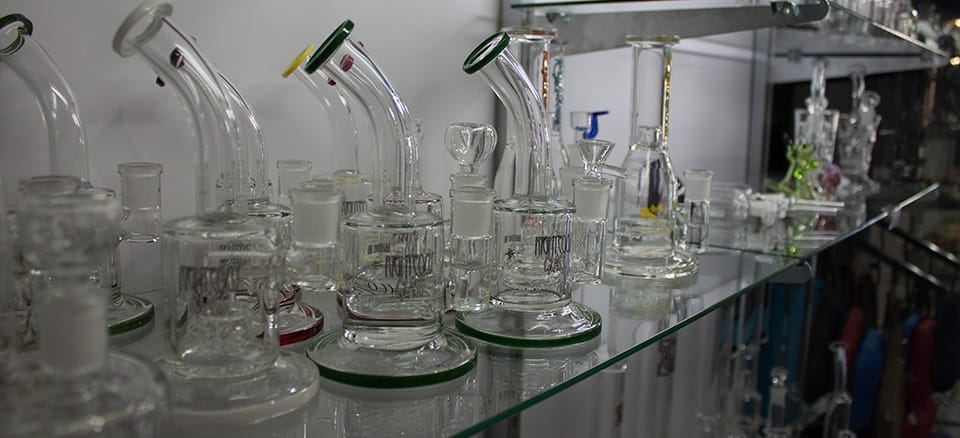
To those who have smoked herb for some time, the dab rig will look strangely familiar. It resembles the venerable bong, except that dab rigs are smaller and often feature more elaborate designs. The dab rig resembles the bong because form follows function and the function of the dab rig is the same as that of the bong: to filter (in this case) vapor through water to remove heat and impurities.
Types of Dab Rigs
Dab or oil rigs are specialized water pipes designed for vaporizing concentrates such as waxes and oils. The increasing popularity of concentrates has led to the evolution of various types of dab rigs, each with unique features and benefits. Understanding these differences can enhance the dabbing experience, making it more efficient and enjoyable.
Standard Dab Rigs

Standard dab rigs are the most common type. They resemble traditional water pipes but are optimized for concentrates. Typically, a standard dab rig consists of a glass body, a nail or banger, a dome, and a torch. The glass body houses water to cool the vapor, while the nail or banger, usually made of quartz, titanium, or ceramic, is heated with a torch. Once heated, the concentrate is applied to the nail, producing a vapor that is inhaled through the rig. These rigs are known for their simplicity and effectiveness.
Characteristics:
- Glass body with water filtration
- Nail or banger made of quartz, titanium, or ceramic
- Requires a torch for heating
- Simple design, easy to use and clean
Mini Rigs
Mini rigs are compact versions of standard dab rigs. Despite their smaller size, they deliver powerful hits due to the reduced air volume, which enhances the flavor and potency of the vapor. Mini rigs are favored for their portability and efficiency, making them ideal for users who prioritize flavor and convenience.
Characteristics:
- Compact size
- Enhanced flavor and potency
- Portable and travel-friendly
- Efficient use of concentrates
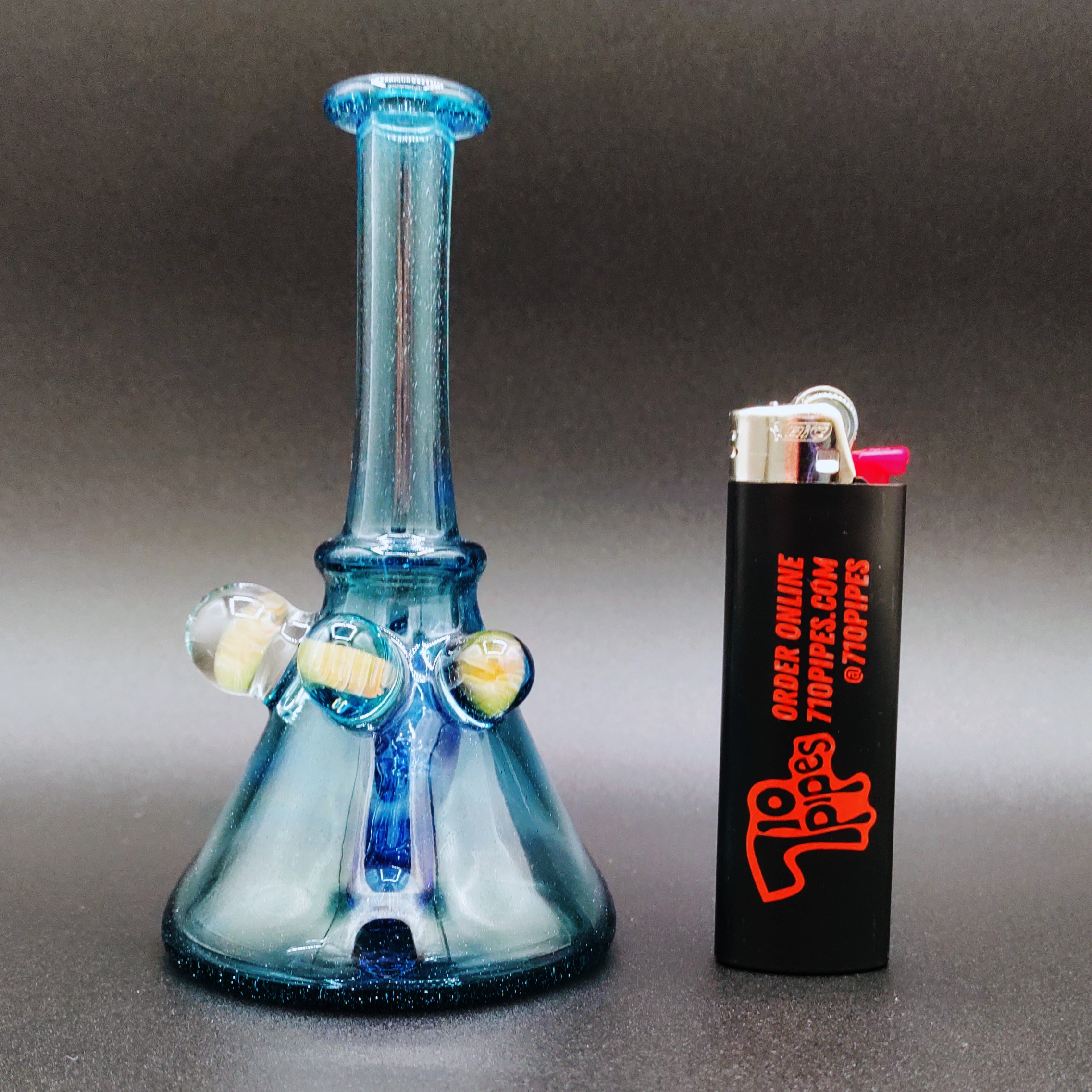
Recycler Rigs
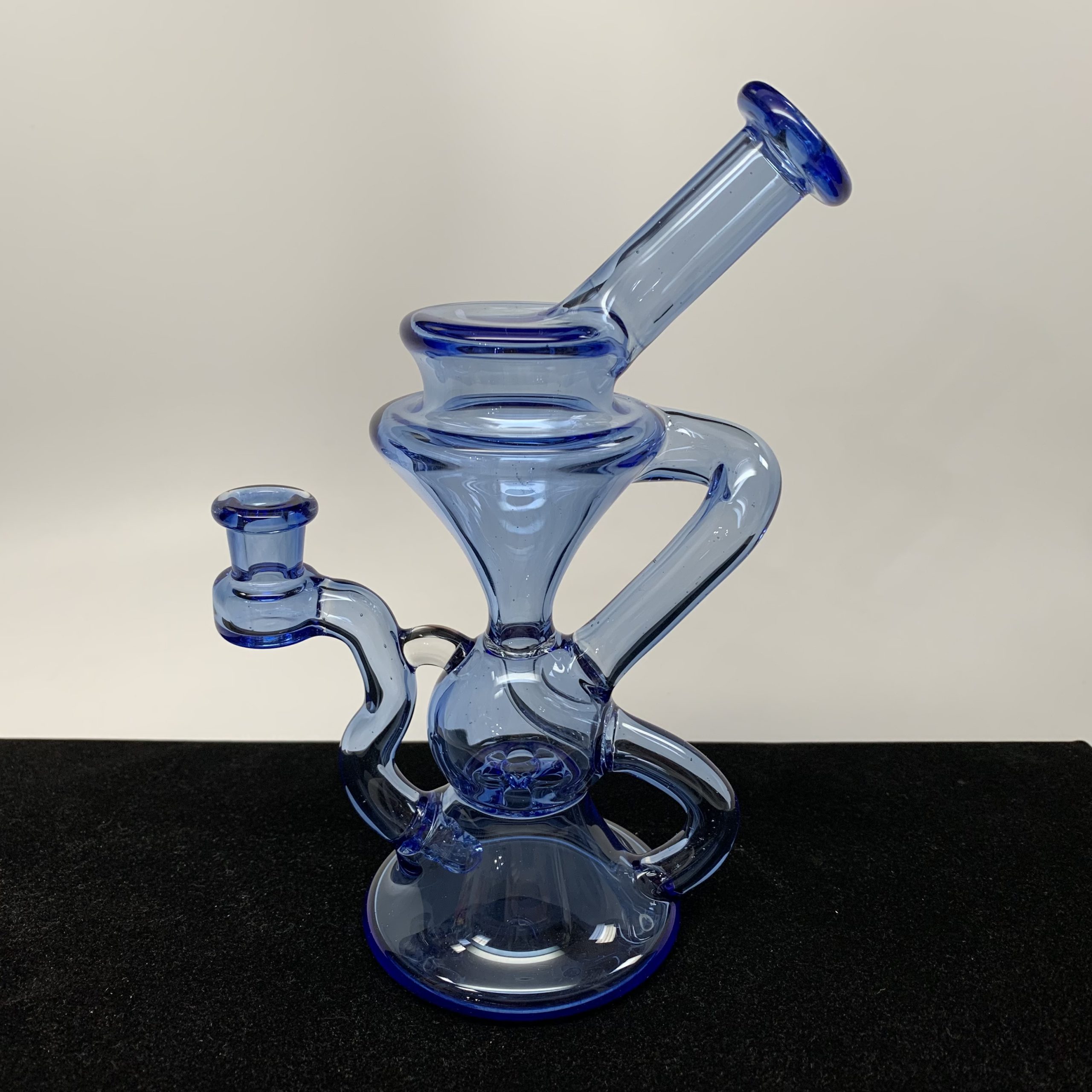
Recycler rigs are designed to provide a smoother and more flavorful dabbing experience. They feature a complex system of tubes that continuously recycle the water within the rig. This continuous recycling ensures that the vapor is cooled and filtered multiple times before inhalation, resulting in a cleaner and more enjoyable hit. Recycler rigs are highly regarded for their ability to preserve the terpene profile of concentrates, enhancing the overall flavor.
Characteristics:
- Complex recycling system
- Multiple water filtration for smoother hits
- Enhanced flavor preservation
- Typically larger and more intricate design
E-Rigs (Electric Rigs)
E-rigs, or electronic dab rigs, offer a high-tech solution to traditional torch-based rigs. These devices incorporate battery-powered heating elements, eliminating the need for an external torch. E-rigs allow users to precisely control the temperature, which can enhance the flavor and efficiency of the concentrate. They are user-friendly and often feature sleek, modern designs.
Characteristics:
- Battery-powered, no torch required
- Precise temperature control
- User-friendly operation
- Modern, sleek designs
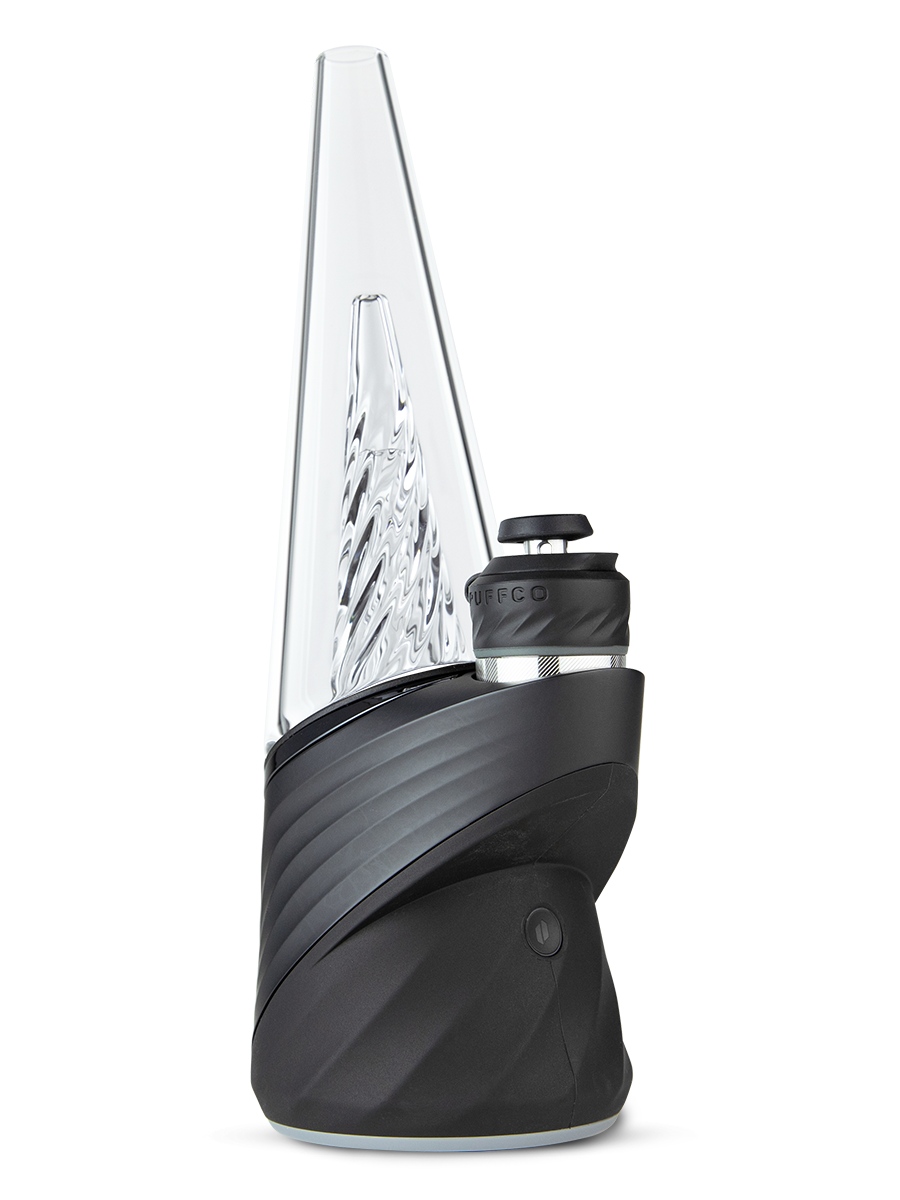
Honey Straws
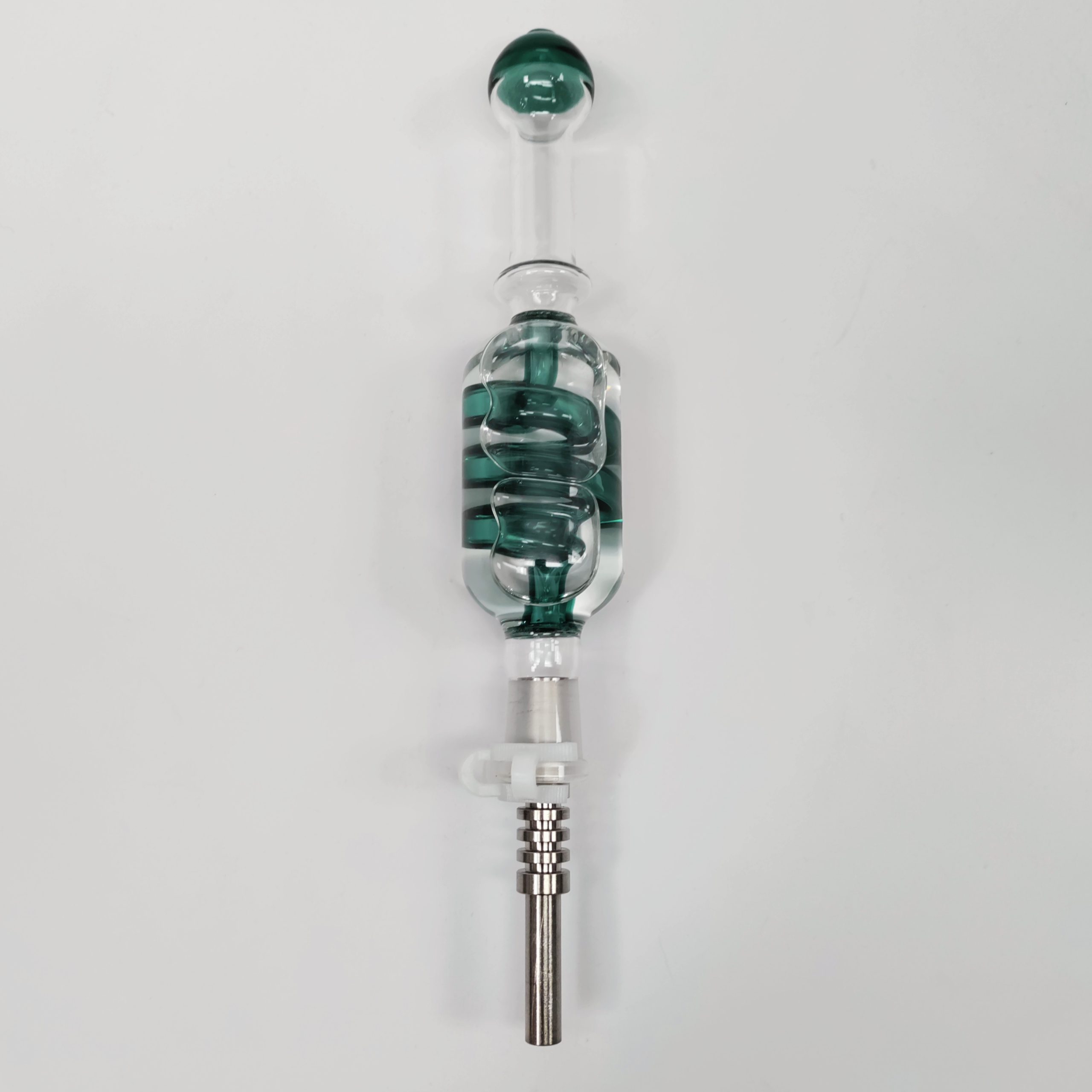
Honey straws, also known as nectar collectors, are a unique type of dab rig. They are handheld devices that consist of a straw-like body with a tip that is heated and applied directly to the concentrate. The vapor is then inhaled through the straw. Honey straws are valued for their simplicity, portability, and ease of use, making them ideal for quick, on-the-go dabbing sessions.
Characteristics:
- Handheld and portable
- Direct application to concentrate
- Simple and easy to use
- Ideal for quick sessions
Silicone Dab Rigs
Silicone dab rigs are known for their durability and versatility. Unlike glass rigs, silicone rigs are virtually unbreakable, making them perfect for travel or outdoor use. They often feature removable parts for easy cleaning and are resistant to heat. Silicone rigs are a great option for those seeking a rugged and low-maintenance dab rig.
Characteristics:
- Made from durable silicone
- Virtually unbreakable
- Heat-resistant
- Easy to clean with removable parts
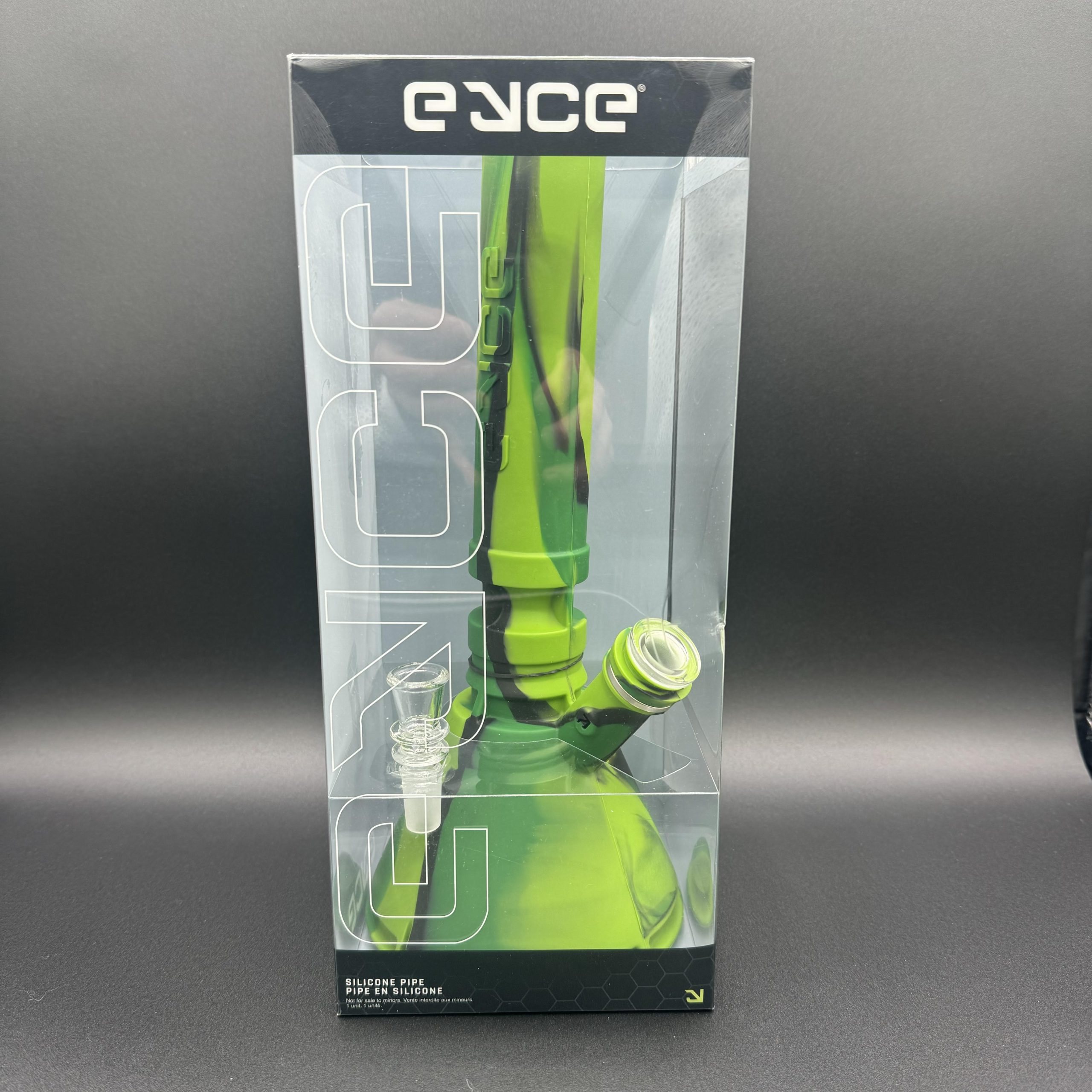
Bongs vs. Dab Rigs: How Do They Compare?
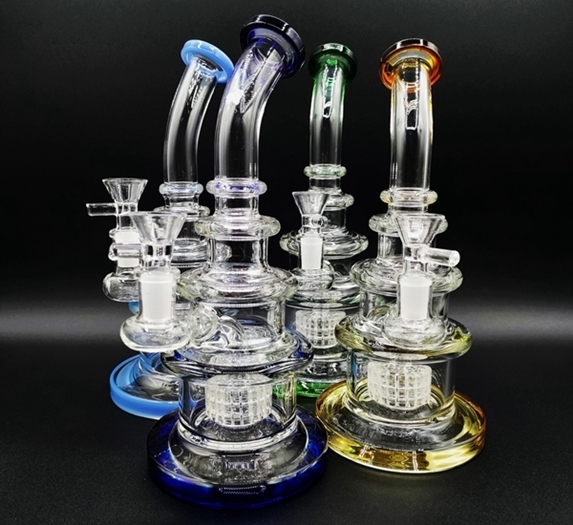
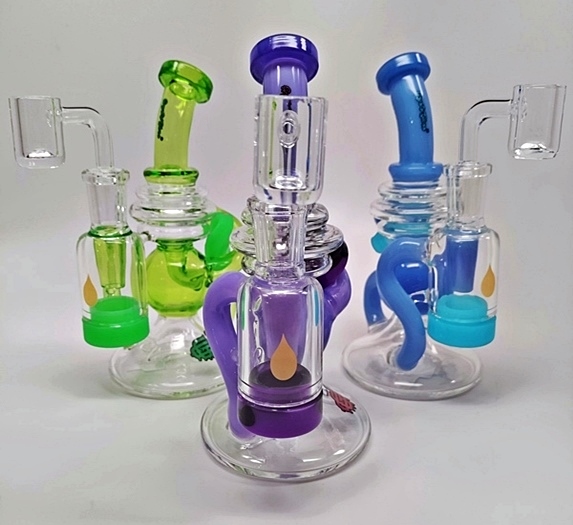
Bongs and dab rigs are popular tools among cannabis enthusiasts, each designed for distinct purposes and offering unique experiences. Bongs, ideal for dry herbs, offer smoother, cooler smoke through water filtration. Dab rigs are designed for concentrates, requiring higher temperatures for vaporization. Our comparison table below highlights their key attributes to guide your choice.
| Attribute | Bongs | Dab Rigs |
|---|---|---|
| Purpose | Smoking dry herbs | Vaporizing cannabis concentrates |
| Heating Method | Combustion using a lighter | Vaporization using a torch or e-nail |
| Water Filtration | Yes, for cooling and soothing smoke | Yes, but often less water than bongs |
| Temperature | Lower temperatures (~200-400°F) | Higher temperatures (~400-700°F) |
| Design | Larger with various percolators | Smaller, more compact |
| Cleaning | Easier to clean | Requires more frequent cleaning |
| Experience | Produces thicker smoke | Produces vapor, smoother and more flavorful |
| Accessories | Variety of bowls, percolators | Nails, bangers, carb caps |
History of Dab Rigs and Cannabis Concentrates
Today, if you go into a head shop just about anywhere, you are bound to see one of these newer and more complex devices. Whether you call it an oil rig, a dab rig, or a concentrate rig makes no difference, as they are all the same thing. They were created as a more efficient way of delivering potent concentrated cannabis either in wax, oil, or butter form to the user. It gives you a cleaner, more intense high as many of these concentrates rank around the 75-90th percentile in potency. They have been a godsend to medical marijuana users and an essential piece of equipment for any cannabis consumer. But where did these little babies come from, and how did they get to be as popular as they are?
History of Concentrates

If you are like me you might remember back in the day, doing knife hits off 2 butter knives on your parent’s stove. Little did we know back then what a revolution that practice would start. That concept might be old, but in reality, the practice of dabbing was started hundreds of thousands of years before even that.
Many East Asian cultures were the first to be associated with the practice of concentrating cannabis substances, originally as hashish, which then quickly spread to Morocco, Afghanistan, Nepal, Turkey, The Himalayas, and India around the time of 100 A.D. Thousands of years later, its popularity grew when it was put on the shelves of many U.S. pharmacies in the 1800s. The process of ingesting hashish was later perfected for inhalation through vaporization in the 1940s.
One of the biggest parties that documented the use of this practice was a World War II intelligence agency, the U.S. Office of Strategic Services (OSS). There, a man named George White would lace cigarettes with hash oil or LSD and give them to unsuspecting people and prisoners and measure the results as part of his various experiments. He would continue to practice these methods throughout the 1950s and 1960s under a CIA program called “MK Ultra”.
In the 1970s an alchemist, D. Gold, was determined to improve hash oil as it was known then. In his book Cannabis Alchemy: The Art of Modern Hashmaking, he documented his experiments on creating a translucent cannabis he classified as “honey” oil. He explained that after attempting several different solvents such as isopropanol, chloroform, petroleum ether, ethanol, and many others, the best solvent and a practice that is still used wildly today was pure alcohol and active charcoal. CO2 and refined butane are common solvents that are also used in modern times.
In 1999, an article titled “Hash Honey Oil Technique” was published by Erowid that detailed the process of butane hash oil extraction. This is believed to be the first documented reference to this particular method that would later be known as simply “open blasting.” This somewhat controversial and dangerous method would later lead to the creation of closed-loop systems (CLS).
History of the Dab Rig
In 2005, an article titled “Beautiful Budder” was published in Cannabis Culture by a Vancouver native who went by the name “Bubbleman.” In this article, he discussed how he and his colleagues created an amber glass substance and later set it on a windowsill, where they witnessed the sample “buttering up.” This development led them to create a device that was available to the public in his Da Kine dispensary in 2003. This discovery led to a unit that made vaporizing concentrate easier, which in turn ultimately led to the dab rig that we know today.
Word traveled fast, and by 2010, dab rigs and other hash oil smoking products were introduced to the rest of the world when they were featured at the High Times Cannabis Cup. Quickly after that, they were available in dispensaries and smoke shops everywhere.
Modern Dab Rigs
As you can see, the process of refining cannabis and dabbing has come a long way from the way it was experienced back in 100 A.D. Now, you can’t go into a head shop anywhere without seeing at least a handful of these marvelous devices.
Today, modern dab rigs are designed to be as easy to use and as comfortable as a normal water pipe. In fact, it has many striking resemblances to a glass water pipe in the way that it filters the smoke through water to give you a better, cooler smoking experience. Your basic dab rig is designed to have a 90-degree angle in order to allow the smoker to comfortably use a butane torch and place the dab in position without having the risk of burning their fingers or damaging the glass piece itself.
Many models come with another ease-of-use innovation, which is the electric nail, more commonly known as the e-nail. This allows you to simply heat up the glass nail to your desired temperature via an electronic device and then place your concentration on the heated nail or cup. As most concentrates are so potent, it usually only takes one hit to equal the same effect as if you just smoked an entire joint.
Dab Rig Cleaning
Consistent dab rig and bong cleaning is crucial for regular users. You wouldn’t drink stagnant water because stagnant water can become a breeding ground for bacteria and other malicious microbes. It’s the same with water that’s used for filtering, whether in a bong or a dab rig. The longer it sits in the rig, the more likely it will become infested with microscopic contaminants that you don’t want to inhale. If it’s doing its job, that water will also become tainted with all the various impurities that it filters out of the vapor. And you don’t want to be inhaling those either.
The smartest thing to do is to change the water in your dab rig every time you use it. Use the information below to keep your dab rig clean and hygienic and ensure that it functions safely and properly for years to come.
What You’ll Need
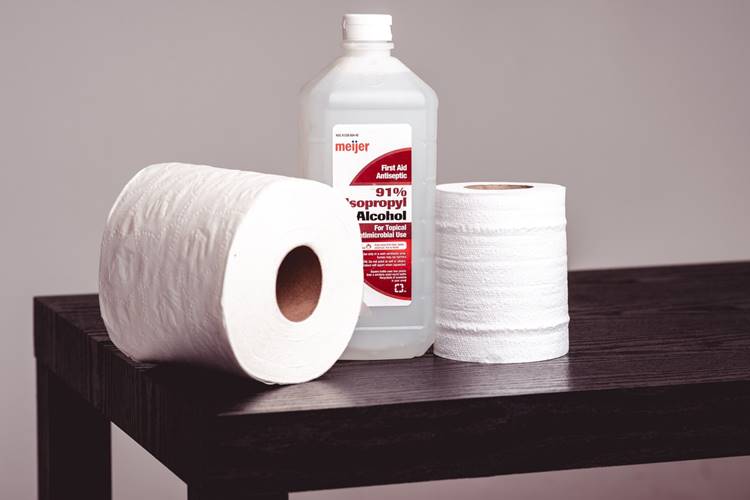
To clean your dab rig, gather the following supplies.
- A torch
- Isopropyl alcohol
- Sea salt
- A resealable plastic bag
- Cotton swabs
How to Clean a Dab Rig
Once you’ve collected all that stuff, here’s how you go about cleaning the rig.
- Put the dirty nail to the torch – Torching the nail is often sufficient to remove built-up carbon residue on the nail. You might want to rub the clean nail down with alcohol once you finish torching it.
- Soak the dirty nail – If there was too much buildup on the nail to remove with the torch, place the dirty nail in a resealable plastic bag along with isopropyl alcohol and some sea salt to act as an abrasive. Shake the bag vigorously to help loosen the buildup, and then let it sit for several minutes before removing the nail and cleaning it off with alcohol-soaked cotton swabs.
- Empty the water from the rig – Pretty self-explanatory.
- Add alcohol to the rig – Fill the tank of the rig with the isopropyl alcohol. If the rig is particularly dirty, add some sea salt, again, as an abrasive. Then, cover the holes on the rig and shake vigorously.
- Empty and rinse – After shaking the rig for 20 or 30 seconds, empty it out and then rinse it out with clean, warm water.
Conclusion
Due to the increasing popularity of concentrate vaporizers, the smoking community has naturally embraced the dab rig. These concentrates offer a smooth and relaxed smoking experience with a stronger potency. This has made it a great solution for both medical and recreational marijuana smokers everywhere.
It is easy to see why this concentrate-creating technology is moving forward at an exponential rate. One great part is that it’s also become more and more affordable for the everyday user. With that in mind, now would be a great time to stop by 710 Pipes and check out the wide variety of oil and dab rigs we have available.
